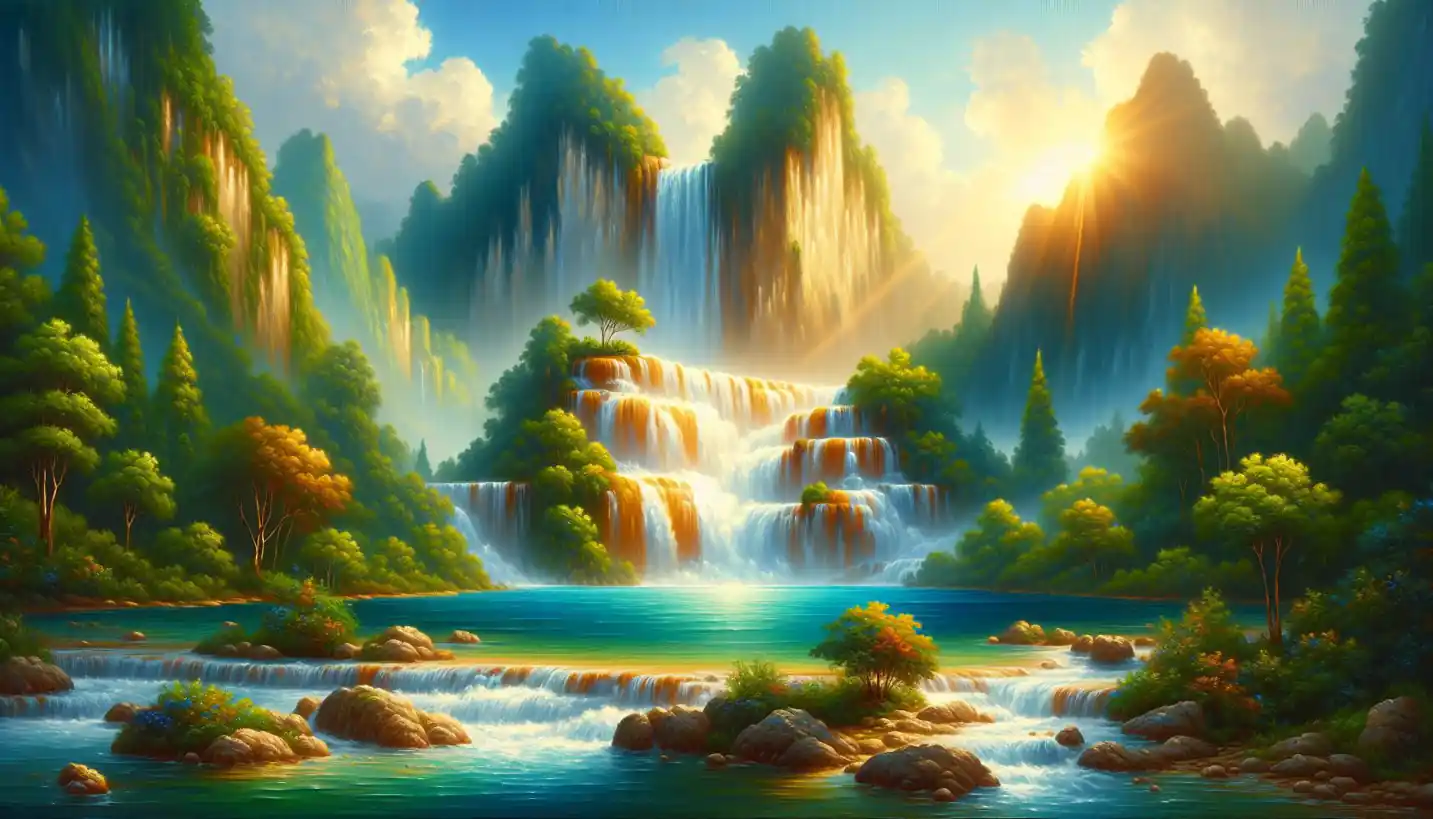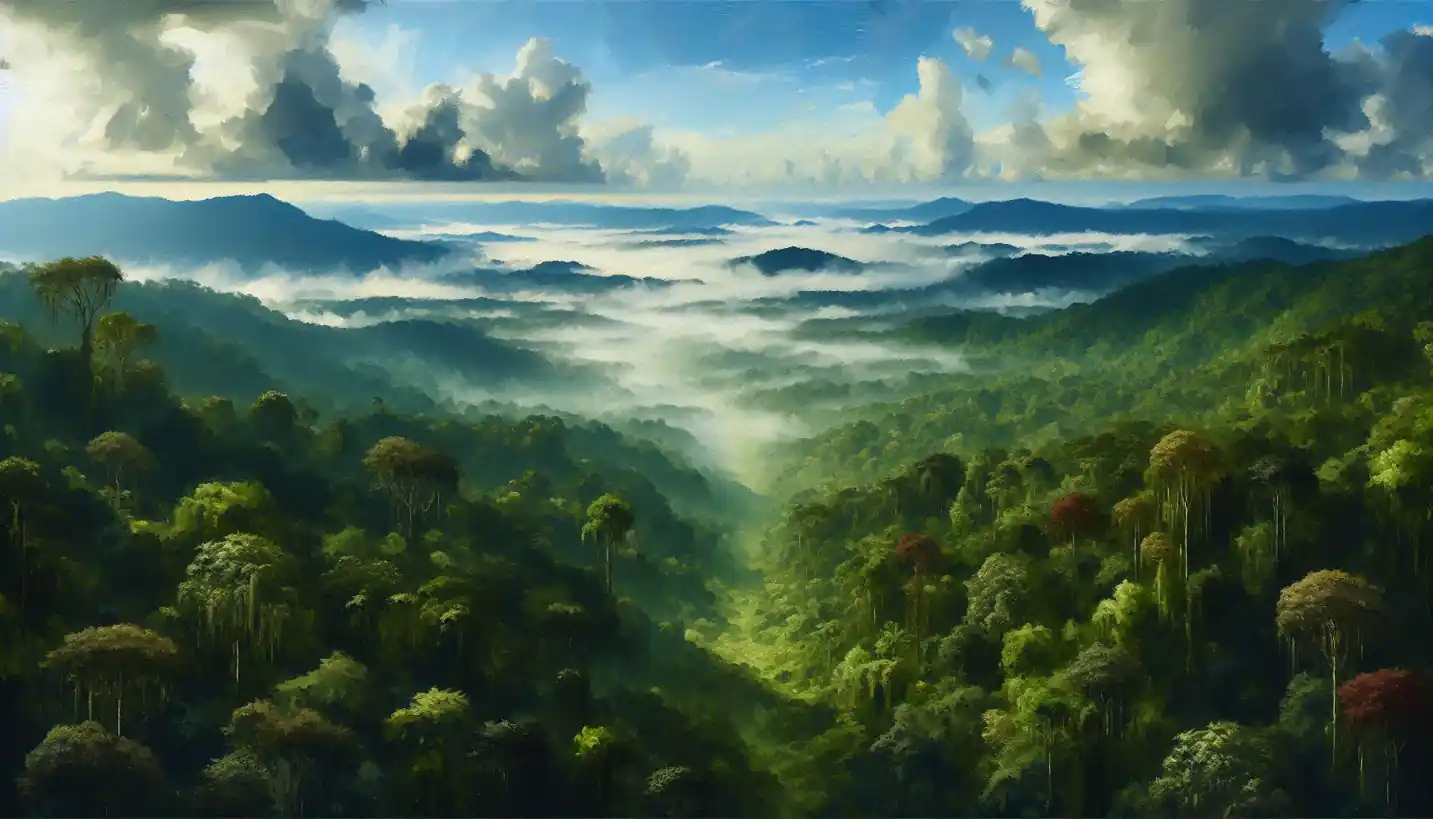· Earth Science · 5 min read
Permafrost: The Hidden Giants of Climate Change
Permafrost holds secrets of the past and impacts the future as it thaws. Understand how these frozen grounds influence climate change and release ancient carbon.

Beneath the seemingly solid and untouched landscapes of the Earth’s polar regions lies something extraordinary called permafrost. This frozen ground is not just a backdrop to the natural beauty of places like Alaska and Siberia; it’s a critical player in the Earth’s climate story. Permafrost might sound like a distant, frozen term out of a textbook, but it’s got a dramatic side to it that affects us all, no matter where we live.
Permafrost refers to ground that has remained frozen—literally—below zero degrees Celsius for at least two consecutive years. It can be found beneath one-quarter of the Northern Hemisphere, extending across vast stretches of Canada, Russia, Alaska, and Greenland. It’s like nature’s freezer, holding not just ice, but also organic material like dead plants and animals that have been locked away for thousands of years.
The Secrets Beneath the Surface
Imagine you’re in a place like Siberia. While walking across this landscape, what lies beneath your feet is not just dirt and rock, but potentially ancient remains of woolly mammoths or prehistoric plants. As these materials get trapped in the permafrost, they retain their organic content. This is crucial because when permafrost thaws, all that stored carbon doesn’t just sit there; it enters the atmosphere as greenhouse gases—carbon dioxide and methane.
These greenhouse gases are what makes permafrost a critical focal point in discussions about global warming. When the Earth heats up and the permafrost melts, it releases these gases, which in turn leads to more warming. It’s kind of like a snowball effect, where warming leads to more permafrost thawing, which causes more warming, and so on.
The Global Impact of Thawing Permafrost
Now, you might be wondering, how does a patch of frozen ground in some remote region affect you? When permafrost starts to thaw, its impact can be global. The release of carbon has the potential to accelerate climate change, leading to more severe weather patterns, rising sea levels, and ecosystem disruptions worldwide.
Scientists estimate that permafrost holds about twice as much carbon as the atmosphere currently does. Think about that for a moment. This means that if significant portions of permafrost start to melt, it could dramatically increase the amount of greenhouse gases in the atmosphere, taking climate change into overdrive.
Thawing Permafrost: More Than Just Climate Concerns
The consequences of thawing permafrost aren’t limited to just the climate. The structural integrity of the ground is compromised when permafrost thaws, resulting in what scientists call “thermokarst.” Imagine buildings, roads, and entire communities built on what was thought to be solid ground, only to find that ground turning to mush. This can lead to costly damages, disrupt people’s lives, and necessitate relocations.
In addition to infrastructure issues, melting permafrost can unlock ancient bacteria and viruses. Scientists have found pathogens locked in the ice for thousands of years. As this frozen ground warms up, there’s a risk these microorganisms could be released, leading to potential public health concerns.
Why It’s Important to Pay Attention
Understanding and studying permafrost is essential because of its role in the climate system. Researchers continue to monitor permafrost using satellites and ground-based observations to see how it changes over time. The data they collect helps refine climate models, offering better predictions of future climate scenarios.
Moreover, knowing more about permafrost can help policymakers make informed decisions about addressing climate change. Strategies like reducing greenhouse gas emissions and developing sustainable land management practices are crucial. By focusing on permafrost, we can also uncover solutions to mitigate its thawing impacts, ensuring considerations for both the environment and the communities that are directly affected.
What’s Being Done and What Can We Do?
Around the world, efforts are underway to combat the impacts of permafrost thawing. Scientists and engineers are exploring innovative ideas, like creating artificial snow to reflect sunlight and keep permafrost cool, and trying to better understand how to manage the land in the most sustainable way. There’s also a push to incorporate traditional knowledge from indigenous peoples who have lived with these landscapes for centuries.
On a personal level, awareness is the first step. Supporting climate policies and being mindful of our carbon footprint are actions we can all take. Understanding the story of permafrost and communicating its importance to others goes a long way in building a collective effort to address climate change.
Looking to the Future
The story of permafrost is far from over. As we look into the future, scientists will continue to unravel the mysteries locked beneath the frozen ground. The more we learn, the better equipped we will be to face the challenges and mitigate the risks associated with this often-overlooked aspect of our planet.
So, next time you think of Earth’s frozen landscapes, remember there’s more beneath the surface than meets the eye. Permafrost isn’t just frozen ground; it’s a powerful element in the climate narrative that spans thousands of years, linking our past to our future in ways we’re only beginning to understand. Through science and collective action, we can turn the page towards better stewardship of this fragile Earth.


